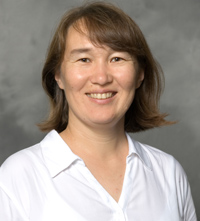ARkStorm: California’s other “Big One”
SACRAMENTO, Calif. — For emergency planning purposes, scientists unveiled a hypothetical California scenario that describes a storm that could produce up to 10 feet of rain, cause extensive flooding (in many cases overwhelming the state’s flood-protection system) and result in more than $300 billion in damage.
The “ARkStorm Scenario,” prepared by the U.S. Geological Survey and released at the ARkStorm Summit in Sacramento on Jan. 13 – 14, combines prehistoric geologic flood history in California with modern flood mapping and climate-change projections to produce a hypothetical, but plausible, scenario aimed at preparing the emergency response community for this type of hazard. (more…)



